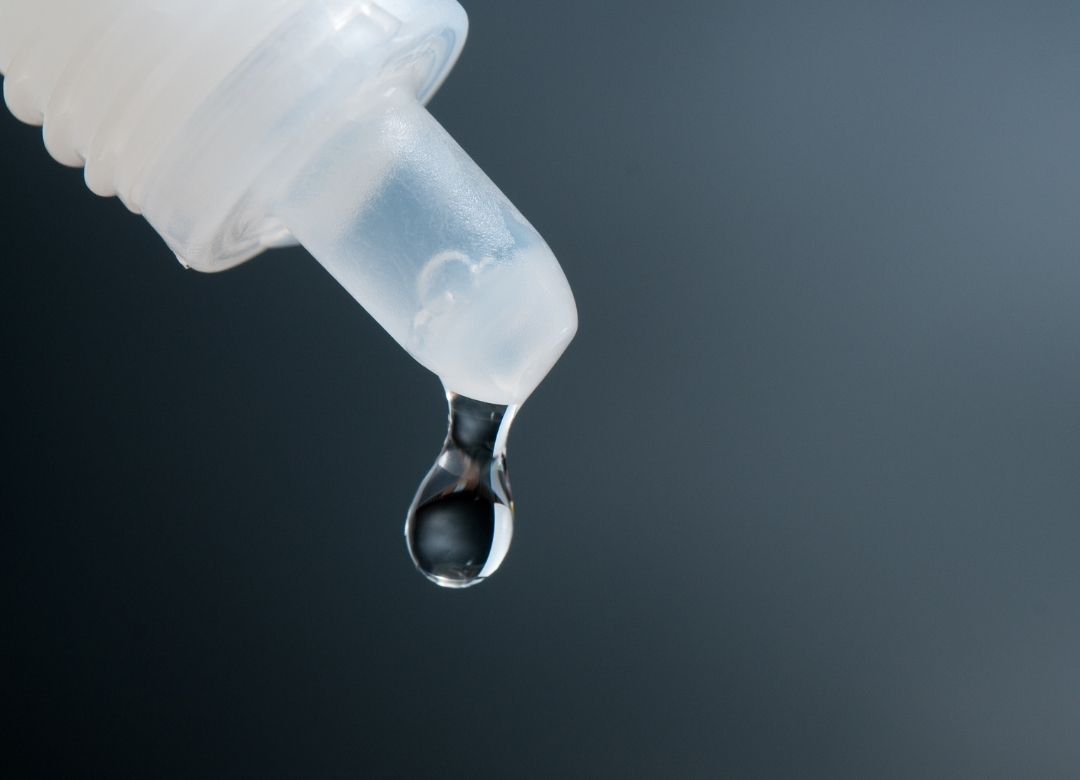Our Dry Eye Clinic specialises in managing and treating all cases of Dry Eye.
Dry Eye is a syndrome that is quite common and can affect about 20 percent of the population. It is characterised by insufficient tears. Dry Eye can cause a scratchy sensation that can lead to itchiness, irritation and watery eyes. Treatment options include eye drops, gels or ointments, change of behaviour and environment, supplements and medical devices.

What is Dry Eye?
Dry eye is a chronic eye condition. Normally, a layer of tears covers the surface of the eye to keep it moist, and meibomian glands in the eyelids secrete oils to slow evaporation of these tears. Dry eye results if there is an insufficient supply of tears or if the tears evaporate too quickly.
Meibomian gland dysfunction (MGD), where the glands don’t function properly either due to blockage or oil deficiency, is a leading cause of dry eye. Around 80% of cases of Dry Eye are evaporative due to MGD. Treatment strategies are aimed at either increasing the quantity of oils (meibum) produced by the glands or, more usually, unblocking glands and ensuring the free flow of oils from them.
People with dry eye may experience discomfort and have difficulty reading, using a computer, watching TV and driving. In its most severe form, dry eye can be accompanied by inflammation of the eye surface, sleep disturbances and depression. The detrimental effects (physical, emotional, financial) can be quite significant. Dry eye is commonly confused with other conditions, in particular allergies. It can be tricky to diagnose because symptoms vary, are subjective and can be described in many different ways (e.g. ‘feels gritty’ vs ‘feels like something in my eye’).
The condition can’t be cured, but available treatments aim to relieve symptoms and improve quality of life. The earlier dry eye is detected and treatment started, the better.
What causes Dry Eyes?
Dry eyes are caused by a chronic lack of sufficient lubrication and moisture on the surface of the eye. It can cause minor or more severe irritation and can lead to inflammation of the eye and eye infections. Some common causes for Dry Eye include:
Allergies such as hayfever, pollen, dust or animals
Prolonged periods of digital screen time We recommend that you wear blue light glasses to help relieve eye strain.
Age (tear production decreases)
Wearing contact lenses
Lifestyle: diet, smoking, etc.
Laser Eye Surgery
Windy, smokey or dry environments
Certain medications including antihistamines and birth control pills
Forced heating or air conditioning indoors (offices, shopping centres, at home)
What are the symptoms of Dry Eyes?
Although there is no cure for Dry Eye, the symptoms are relatively easy to manage. There are many symptoms of Dry Eye which can cause discomfort and interruption to our daily lives, as such it is important to properly manage the symptoms to ensure that quality of life is unaffected. Some common symptoms of Dry Eye include:
Stinging and burning
Itchiness (particularly in the corners of the eyes)
Blurry vision
Tired Eyes
Sensitivity to light
Mucus build up (around the eyelids especially when waking up)
Gritty Eyes (a feeling of sand or lashes in your eye)
Watery Eyes
Dry Eye Statistics in Australia

What are the treatments for Dry Eye?
There are many convenient treatments available to treat Dry Eye that generally aim to increase tear production, maintain tear film volume and prevent excess loss of tears.
Some natural ways to relieve symptoms include:
-
Making a conscious effort to increase blinking, especially when focusing on a screen.
This is an easy way to increase tear production that can be started immediately. Setting a reminder on your phone or using sticky notes around the home or office can be a helpful starting point. -
Give your eyes a break by taking regular breaks from screen work.
-
Reduce contact lens wear. Contact Lenses can disrupt the tear film and exacerbate existing cases of Dry Eye.
-
Consume more Omega-3 fatty acids from fish (such as salmon, mackeral, trout and sardines) and plant foods (flaxseeds, chia seeds, walnuts). Not only useful for Dry Eye, Omega-3 is an anti-inflammatory and has many benefits for the macular (the “engine” of the eye) and even the brain.
-
Increase humidity of the air in your work or home environment by placing bowls of water around the room to evaporate. You can also buy a humidifier to do this automatically.
-
Good eyelid hygiene will ensure your eyelids are clean and free of irritants.
A variety of options to relieve symptoms and prevent further complications include:
-
Warm Compresses – specially designed to relieve Dry Eye.
-
Eye drops – we recommend using artificial tears reguarly throughout the day (about 3-4 times).
-
Blephasteam Goggles – using heat and moisture through thermal goggles, the Blephasteam goggles warm the oil in our lids to the temperature needed to liquefy and unblock glands.
-
Topical steroids – we usually prescribe these for more severe or chronic cases of Dry Eye.
Some newer treatments are available however their efficacy is yet to be determined. These include:
-
Intense Pulsed Light (IPL)
-
Thermal Pulsation
Book using one of the buttons below and see a bulk billing optometrist in our Williamstown or Doncaster office today!

